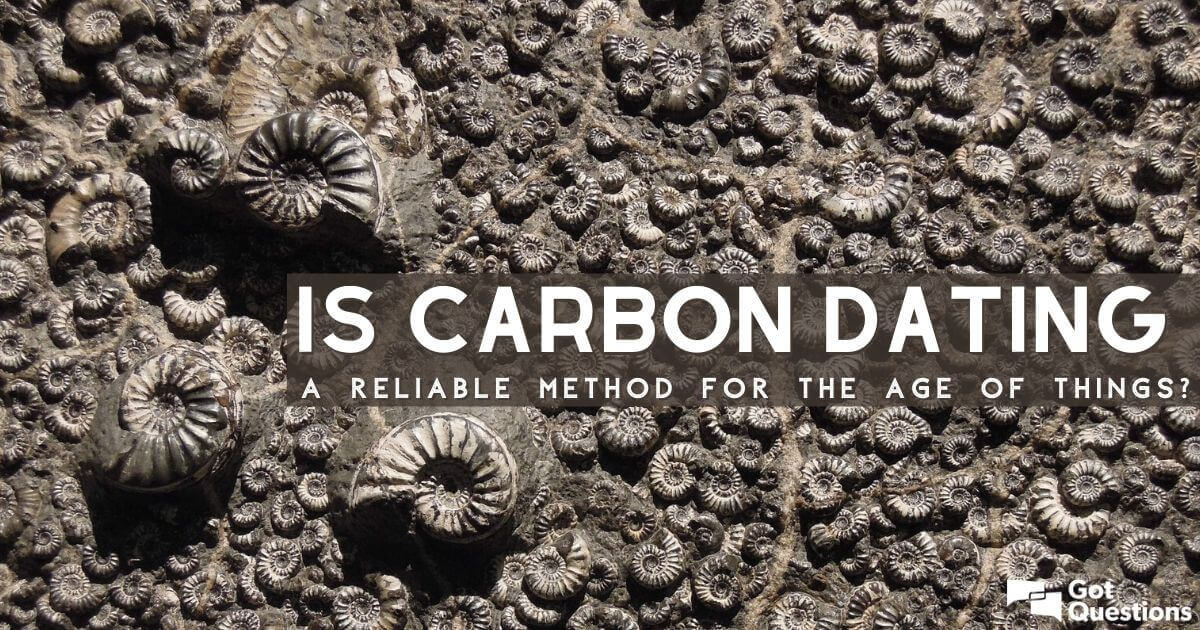Carbon 14 Dating how reliable is it?
Carbon 14 Dating how reliable is it?
Problem:
Dating methods (currently Carbon-14) are cited as definitely proving that man has been on the earth for at least 30,000 years. This age for man conflicts with Biblical chronology which dates the beginning of man’s existence on the earth about six thousand years ago.
chronology which dates the beginning of man’s existence on the earth about six thousand years ago.
Solution:
- In order to critically appraise the claim that C-14 “definitely proves” the age of man to be at least 30,000 years, a description of C-14 dating is required:
The C-14 method of dating is used to determine the age of vegetables and animal remains. The procedure rests on the fact that cosmic radiation in the upper atmosphere leads to the formation of a radioactive isotope of carbon with an atomic weight of fourteen, instead of the normal weight of twelve (C-14 instead of the normal C-12). Atmospheric carbon contains a small amount of radio-active C-14 which decays at a fixed known rate, but is continuously replaced by the formation of more C-14. The rate of breakdown is calculated in terms of the “half-life” which for carbon is 5,568 (plus or minus 30) years. After this amount of time, only half the original amount of C-14 will be left; after about 11,400 years, a quarter. Plants, by means of photosynthesis, and animals, by respiration and feeding on plants and one another, incorporate atmospheric carbon into their tissues, a process that is assumed to cease when the tissues die. As the C-14 disintegrates in the dead tissues and is not replaced, the ratio of non-radioactive carbon-12 to C-14 will slowly change, and its value at any time will depend on the time that has elapsed since the tissues died. Thus the age of the tissues can in principle be determined by comparing the ratio of non-radioactive carbon to C-14 in the tissue and in the atmosphere.1 Read more
![]()
